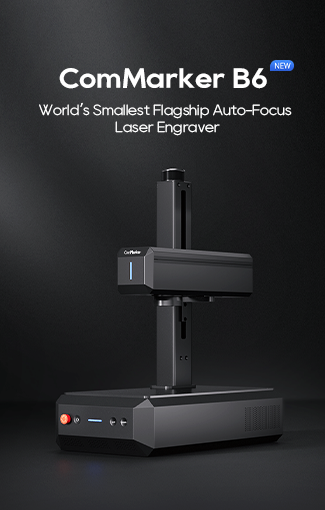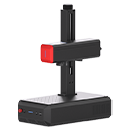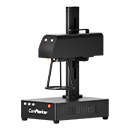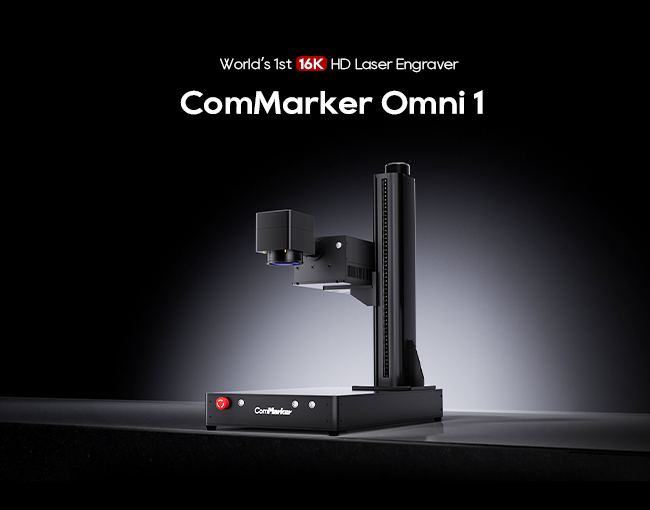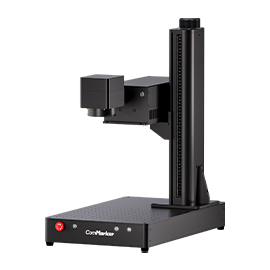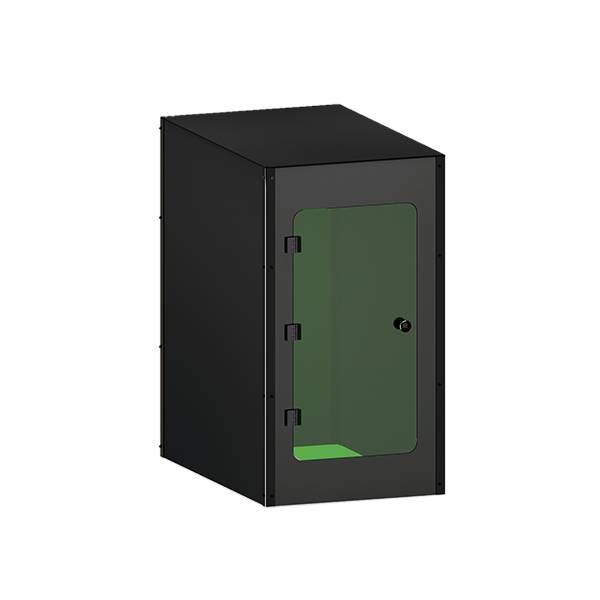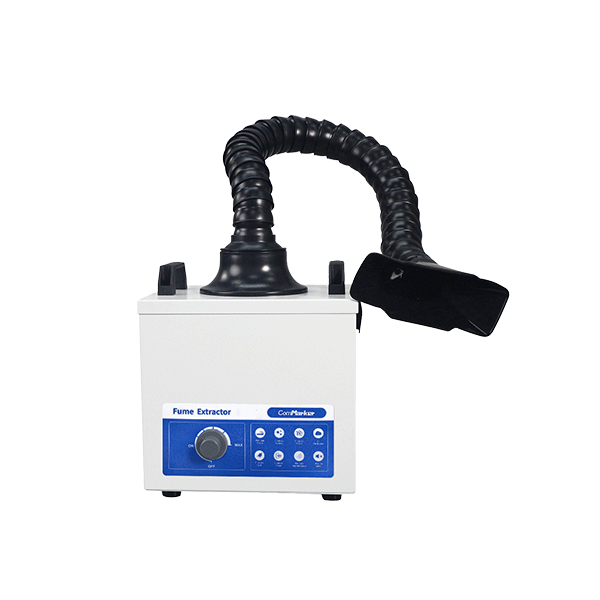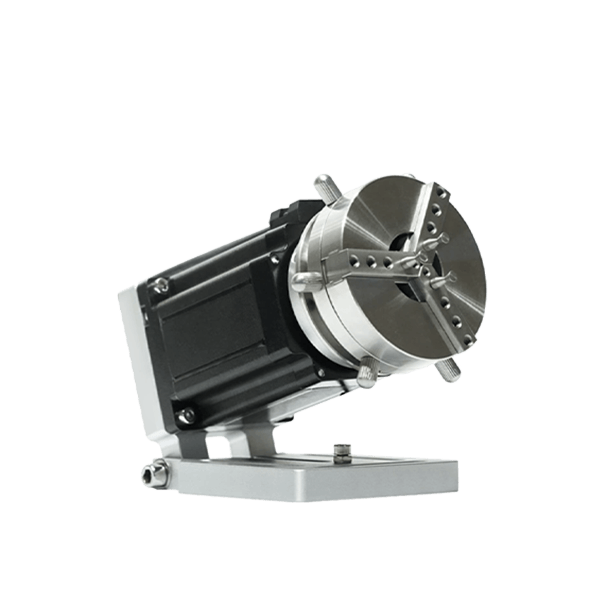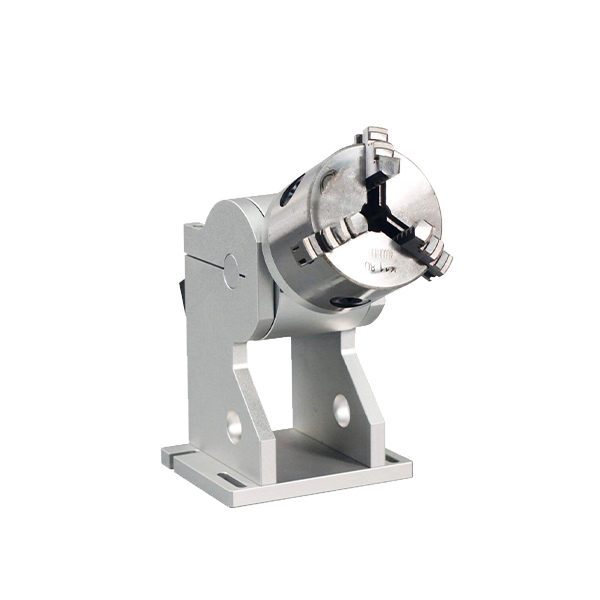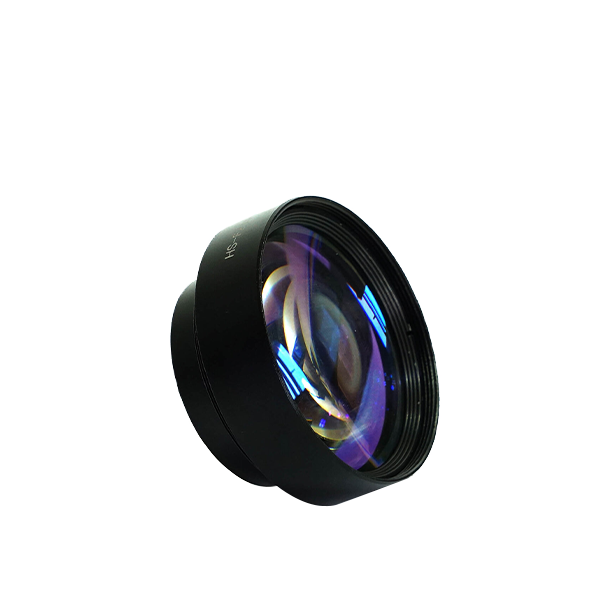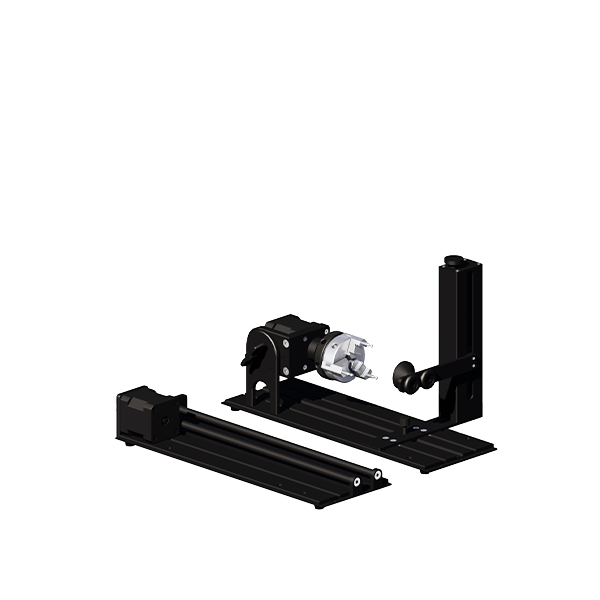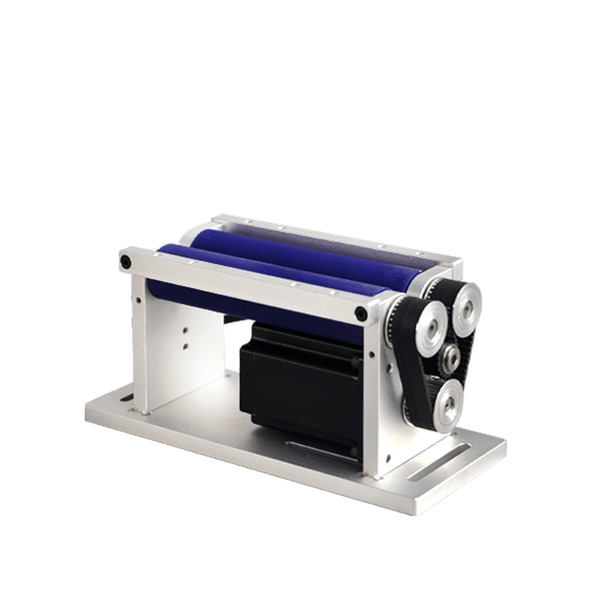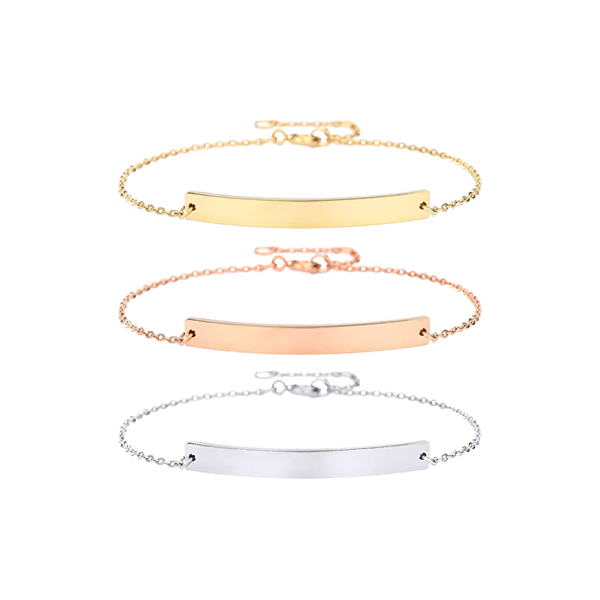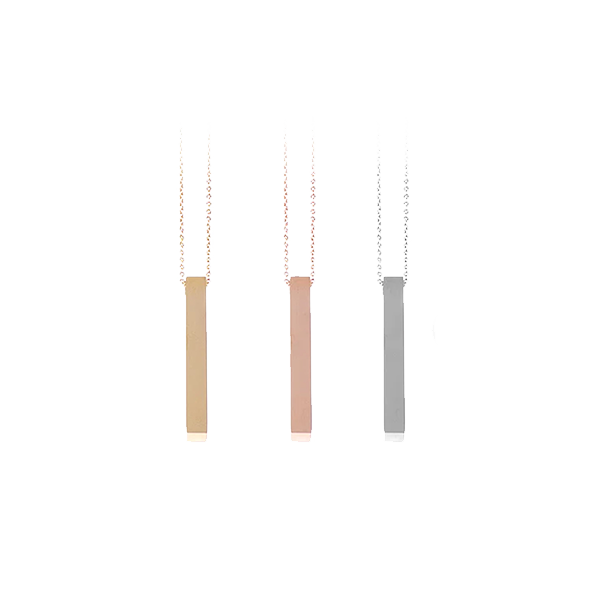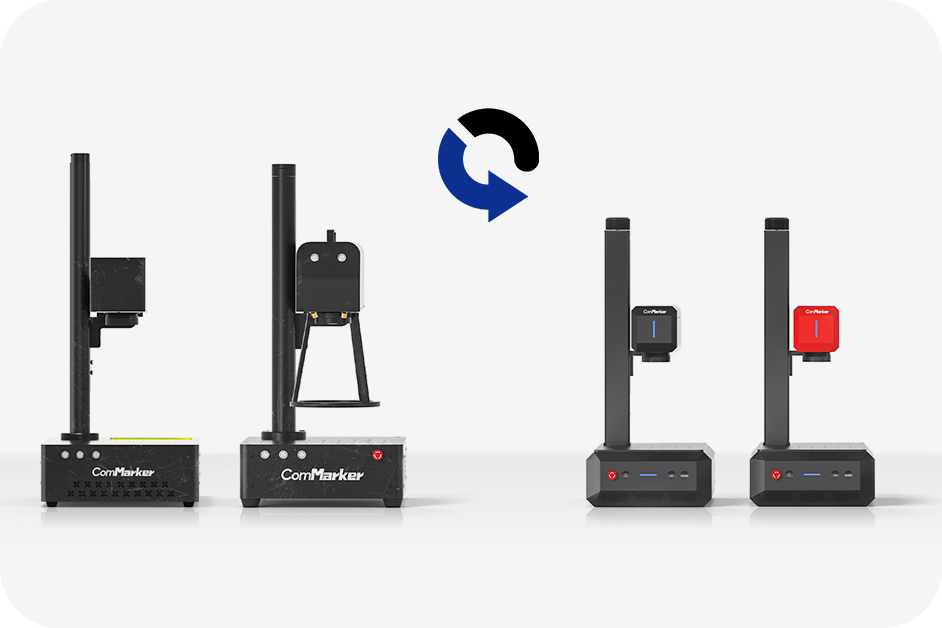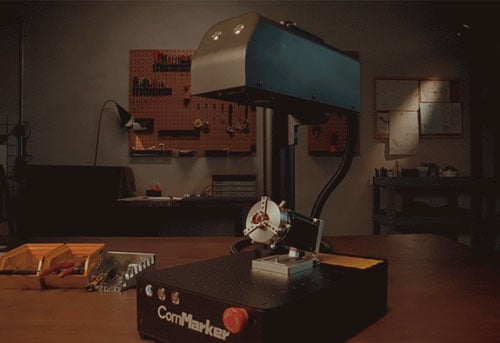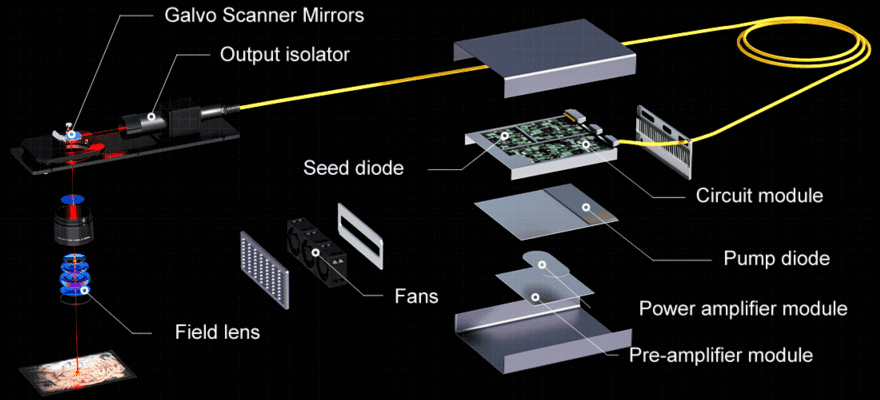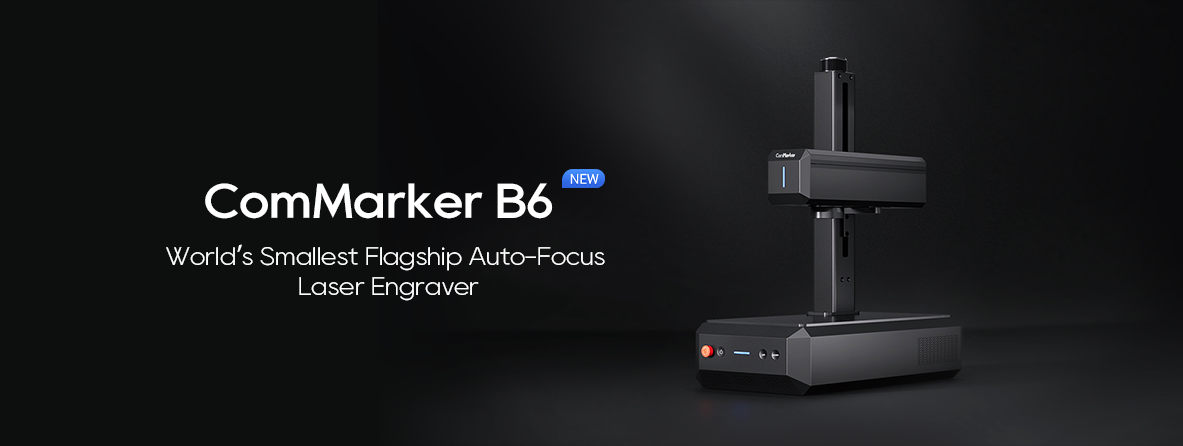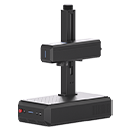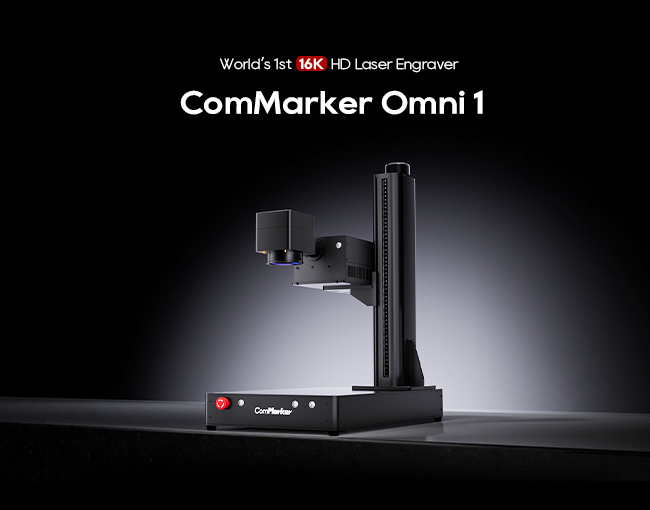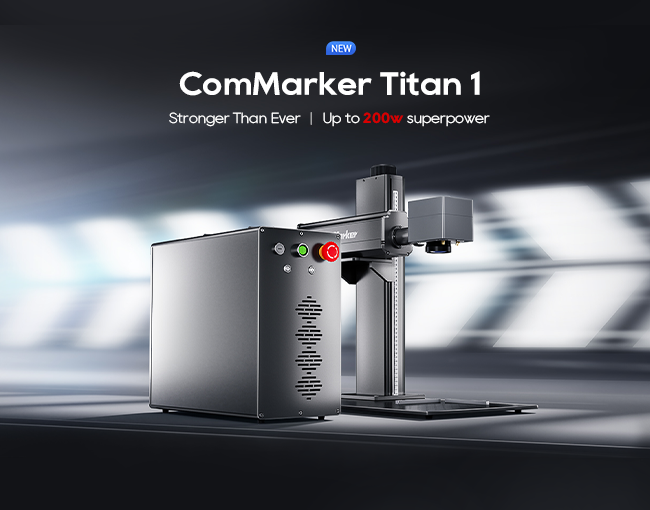파이버 레이저 매우 효율적입니다, 절단과 같은 작업을 위해 다양한 산업 분야에서 사용되는 정밀 도구, 조각, 그리고 마킹. 그들이 어떻게 일하는지 이해하려면 그들의 역사를 탐구해야합니다, 구성 요소, 그리고 레이저 기술의 과학.
섬유 레이저는 무엇입니까??
파이버 레이저 레이저 빔을 생성하는 활성 매체가 광섬유 인 특정 유형의 레이저입니다.. 이 섬유는 Erbium과 같은 희토류 요소로 도핑됩니다., 이테르븀, 또는 네오디뮴, 섬유가 내부의 빛을 증폭시킬 수 있습니다. 가스를 사용하는 CO2 레이저와 달리, 광섬유 레이저는 이러한 요소에 의존하여 빛을 미세하게 향상시키고 안내합니다., 농축 된 빔.
섬유 레이저는 언제 발명 되었습니까?? 레이저의 역사
의 기초 섬유 레이저 기술은 레이저 자체의 발명으로 1960 년대 초로 거슬러 올라갑니다.. 용어 “레이저” stands for 자극 된 방사선 방출에 의한 광 증폭, Theodore Maiman이 처음으로 보여준 개념 1960. 초기 레이저는 주로 가스 기반이었습니다 (CO2 레이저처럼), 섬유 레이저 기술 나중에 소개되었습니다, 1980 년대경, 광학 섬유와 희귀 지구 도핑의 발전이 나타났습니다. 광섬유 레이저는 고효율과 유지 보수가 적어 빠르게 인기를 얻었습니다..
레이저 작동 방식
레이저가 작동합니다 조명 증폭 그리고 그것을 일관된 것으로 방출합니다, 고도로 농축 된 빔. 게인 매체에서 원자를 흥분시키는 광자로 시작합니다. (섬유 레이저의 경우, 광섬유는 희토류 요소로 도핑되었습니다). 이 원자들은지면 상태로 돌아갑니다, 그들은 광자를 방출합니다, 결국 더 많은 광자를 자극합니다, 빛을 증폭시키는 캐스케이드 효과를 만듭니다.
굴절의 중요성
굴절은 레이저 기술에 도움이되므로 중요합니다 빛을 안내하십시오 광섬유 내에서. 광섬유의 코어, 클래딩보다 더 높은 굴절률, 빛을 내고 섬유의 길이를 따라 전파되도록 강요합니다., 구부러진 주위에도. 이 전체 내부 반사, 집중 빔.
빛은 어떻게 증폭됩니까??
가벼운 증폭 섬유 레이저가 발생합니다 펌프 다이오드를 통해 에너지가 섬유에 도입 될 때. 이 에너지는 희귀 원기 원자를 흥분시킵니다, 광자를 방출하게합니다. 이 광자는 섬유 코어를 통해 이동합니다, 연쇄 반응에서 더 많은 광자를 방출하도록 다른 원자를 자극, 궁극적으로 고도로 증폭되고 일관된 레이저 빔을 생성합니다.
빛이 어떻게 집중된 빔으로 바뀌는가?
증폭 후, 레이저 빔은 시준 및 초점을 사용하여 집중됩니다 렌즈. 콜리 미터는 빛이 평행 한 방향으로 이동합니다., 포커싱 렌즈는 레이저 빔을 단단한 초점으로 가져옵니다.. 이 농축 에너지는 절단 할 섬유 레이저, 새기다, 또는 재료를 놀라운 정밀도로 표시하십시오, 특히 스테인레스 스틸 또는 알루미늄과 같은 금속.
섬유 레이저의 유형은 무엇입니까??
섬유 레이저는 다양한 유형으로 제공됩니다, 각각 다른 응용 프로그램에 적합합니다:
- 연속파 (CW) 파이버 레이저: 레이저 라이트의 연속 빔을 방출하십시오, 절단 또는 용접에 이상적입니다.
- 펄스 섬유 레이저: 설정 간격으로 레이저 펄스를 방출하십시오, 마킹 또는 조각과 같은 정밀 작업에 적합합니다.
- MOPA (마스터 발진기 전력 증폭기) 파이버 레이저: 이들은 펄스 지속 시간 및 주파수에 대한 더 많은 제어를 제공합니다, 금속과 같은 반사 재료에 상세한 조각을 가능하게합니다.
섬유 레이저와 CO2 레이저의 차이점은 무엇입니까??
섬유 레이저 및 CO2 레이저는 작동 메커니즘 및 응용 측면에서 크게 다릅니다.. CO2 레이저 가스를 사용하십시오 (이산화탄소) 레이저 매체로, 나무와 같은 비금속 절단에 탁월합니다, 아크릴, 아니면 플라스틱. 하지만, 그들은 금속으로 어려움을 겪고 있습니다. 파이버 레이저, 반면에, 짧은 파장으로 인해 금속 응용 분야에 더 적합합니다. (~ 1.06 µm), 금속 표면에 더 효과적으로 흡수됩니다. 추가적으로, 섬유 레이저는 CO2 레이저에 비해 에너지 효율이 높고 유지 보수 요구 사항이 낮아지는 경향이 있습니다..
파이버 레이저 조각사는 무엇입니까??
ㅏ 섬유 레이저 조각사 광섬유 레이저 기술을 사용하여 다양한 재료를 표시하거나 조각하는 특수 기계입니다., 특히 금속. 정밀도는 복잡한 디자인에 이상적입니다, 일련번호, 바코드, 보석과 같은 품목의 로고, 도구, 및 산업용 부품. 전통적인 조각 방법과 달리, ㅏ 섬유 레이저 조각사 비접촉 접근법을 사용합니다, 상세하게 보장하면서 마모를 최소화합니다, 영구 조각.
섬유 레이저는 얼마나 오래 지속됩니까??
섬유 레이저의 중요한 장점 중 하나는 오랜 작전 수명입니다.. 평균적으로, 섬유 레이저는 지속될 수 있습니다 50,000 에게 100,000 시간 주요 구성 요소가 교체가 필요하기 전에. 이 장수는 섬유 레이저가 시간이 지남에 따라 매우 신뢰할 수 있고 비용 효율적으로 만듭니다., 특히 더 자주 유지 보수가 필요할 수있는 다른 레이저 유형에 비해.
섬유 레이저의 구성 요소는 무엇입니까??
일반적인 광섬유 레이저는 다음 주요 구성 요소로 구성됩니다.:
- 펌프 다이오드: 광섬유에서 원자를 흥분시키는 에너지를 공급합니다..
- 광섬유: Ytterbium 또는 Erbium과 같은 희귀 한 요소가 도핑되었습니다, 이 섬유는 빛을 증폭시킵니다.
- 공명기: 빛을 앞뒤로 반영하는 거울, 강도 증가.
- 콜리 미터/포커싱 렌즈: 레이저 빔을 공작물에 지시하고 집중시키는 데 사용.
- 냉각 시스템: 레이저 작동 중에 발생하는 열 관리에 필수적입니다, 시스템이 효율적으로 실행되도록합니다.
레이저 매개 변수는 무엇입니까??
광섬유 레이저의 성능은 다양한 매개 변수를 수정하여 조정할 수 있습니다., 포함:
- 전원 출력: 와트로 측정, 레이저가 방출하는 에너지의 양을 결정합니다.
- 펄스 지속 시간: 펄스 레이저에서, 이것은 각 레이저 펄스가 얼마나 오래 지속되는지를 나타냅니다.
- 빈도: 초당 방출 된 레이저 펄스 수.
- 빔 품질 (m² 요인): 레이저 빔의 초점성을 결정합니다, 조각 또는 절단 과정의 정밀도에 직접적인 영향을 미칩니다..
광섬유 레이저 마킹 머신 비용은 얼마입니까??
a의 가격 섬유 레이저 마킹 머신 힘에 따라 다릅니다, 특징, 그리고 브랜드. 예를 들어, 그만큼 컴마커 B4 섬유 레이저 조각사 다른 모델로 제공됩니다, 가격은 일반적으로 범위입니다 $1,000 에게 $8,000 와트 및 추가 액세서리에 따라. 그만큼 B4-60W 모델은 더 두꺼운 금속을 자르기위한 더 높은 전력과 정밀도를 제공합니다., 동안 B4-20W 모델은 자세한 조각 작업을위한보다 저렴한 옵션입니다..
B4 20W JPT MOPA 파이버 레이저 조각 기계
가지고 다닐 수 있는 & 입수 가능한: B4 MOPA 20W 파이버 레이저 조각 기계, 컴팩트한 크기에 무게 18kg. 전기 리프팅: 정확한 초점을 위한 내장 모터. 다양한 조각: 스테인레스 스틸의 색상, 알루미늄에 흑백, 금속과 암석에 3D 및 깊은 조각 추가. 넓은 작업 공간: 듀얼 렌즈 (110mm, 200mm) 정확한 레드 닷 캘리브레이션으로. 향상된…
파이버 레이저 마커 머신을 구입할 곳?
신뢰할 수있는 것을 구매하려는 경우 섬유 레이저 마킹 머신, 컴마커 B4 소기업 및 산업용 사용에 적합한 고성능 옵션을 제공합니다.. 공무원에서 직접 Commarker B4 시리즈를 구입할 수 있습니다. Commarker 웹 사이트, B4-60W 및 B4-20W와 같은 다른 모델을 탐색 할 수있는 곳. 이 기계는 전자 상거래 플랫폼 또는 공인 유통 업체를 통해도 제공됩니다..




